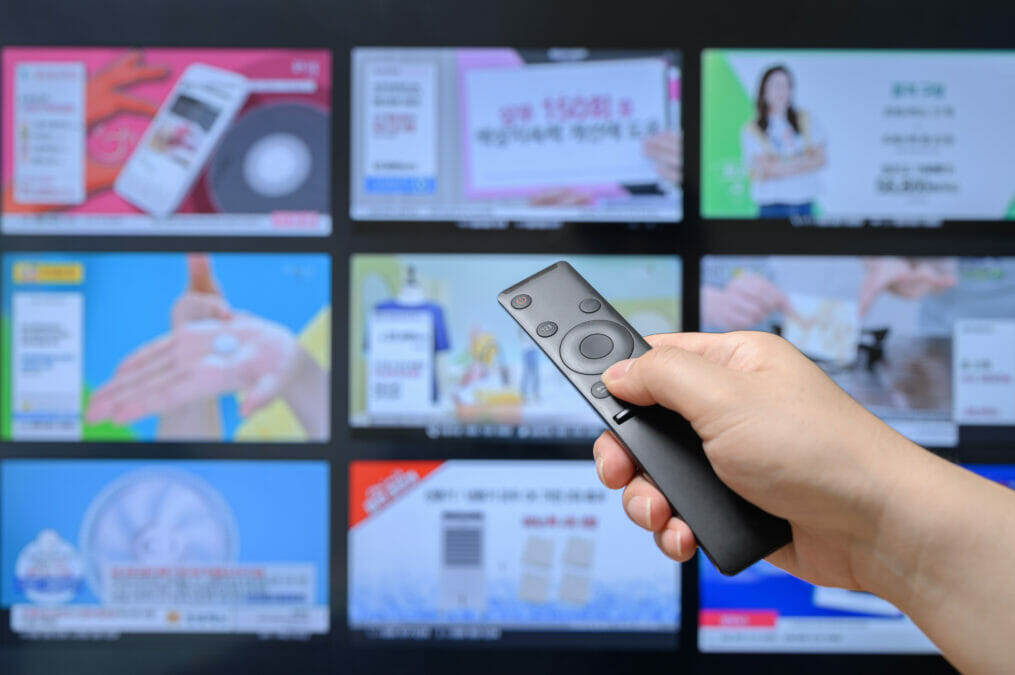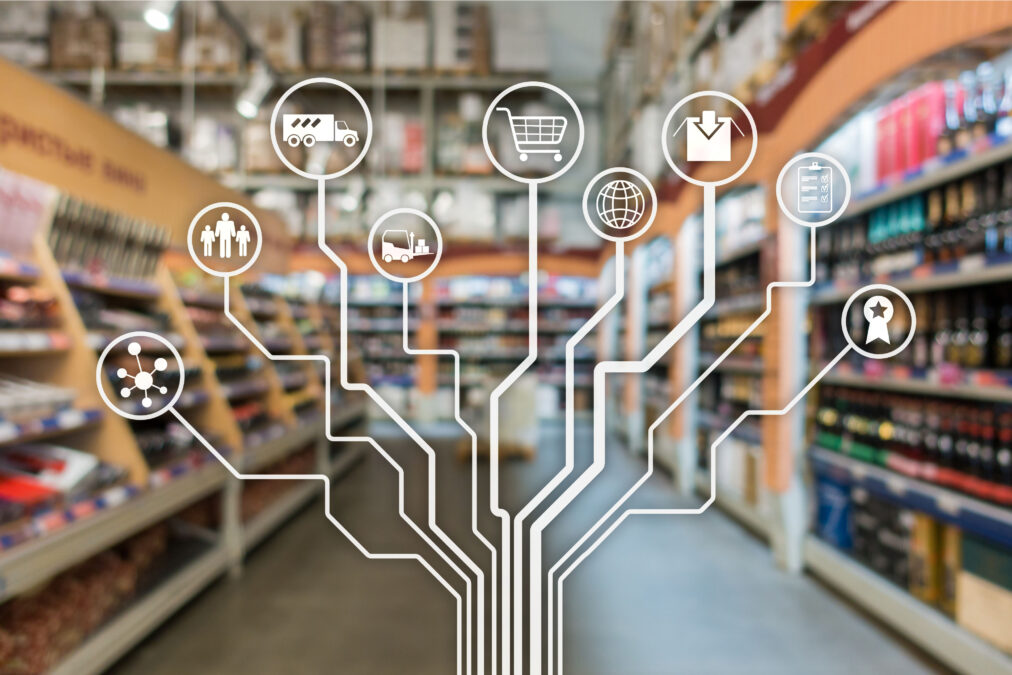QVC has been a shopping staple since the 1980s, and despite its reputation for catering to “mature audiences only”, it has influenced one of the hottest trends in modern retail: livestream shopping. Though we may never say goodbye to non-stick cook wear and gold-plated jewellery — now, luxury brands like Gucci are getting onboard and experimenting with this style of shopping, and major online platforms like Facebook and Instagram are stepping up to host livestream shopping extravaganzas.
A first-class experience
Video commerce is no longer about shifting units. It’s about giving the customer a novel experience and capitalising on the reach of celebrity influencers. With social media at its core, modern-day livestream shopping is a mix between entertainment and selling.
For example, skateboarding and surfwear brand Pacsun recently hosted its first live shopping event at its Soho flagship store. The event celebrated the global launch of the A$AP Rocky and Pacsun collaboration. Giving shoppers across the world the chance to view the new collection first-hand, they were also able to interact and engage with the brand before shopping the latest drop. This created a unique experience for customers. One that made them feel special and part of something bigger than simply just making a purchase.
According to the brand, thousands of avid fans and customers had signed up pre-event for the exclusive event hosted by Pacsun influencer and content creator Mathieu Simoneau.
Venturers Club roundtable: driving success within e-commerce
Going. Going. Gone.
The retail market continues to face challenges amid the uncertainties of a global pandemic, so creating new experiences is especially important in attracting and retaining customers. The growth of e-commerce and the decline in footfall have been well documented, but the biggest change over the last few years is that customers have become fickle, and grabbing their attention is harder than ever. For example, our recent research reveals that 61% of 18-to-24-year-olds (Generation Z) are less loyal to brands now than before the pandemic.
Offering something that goes beyond the traditional purchase journey will make retailers stand out and builds a foundation for loyalty.
Building long term loyalty
Keep in mind that the dynamic, interactive nature of livestream shopping alone isn’t enough to build long-term loyalty. The key is ensuring that the shopping experience is smooth throughout the entire customer journey. This is where customer service comes in.
While the nature of QVC-style shopping has changed and there is less pressure to buy in the moment to get the best price, purchases are still largely based on impulse. The format is focused on demonstrations and entertainment — no one wants to sit and listen to their favourite influencer run through terms and conditions. This means that customers are likely to have questions after the sale. For example, what is the delivery policy? What if I have changed my mind or how can edit my order? These less glamorous questions aren’t going to be featured in an all-sparkles livestream, but are still essential for the customer to know.
Recent research from Five9, found that almost half (44%) of UK respondents are unlikely to remain loyal after a bad customer experience. For this style of shopping to be a real success, brands need to ensure that contact centres are prepared to deal with such requests. By offering self-service options, such as Intelligent Virtual Agents (IVAs), straightforward questions such as order updates and delivery information can be answered quickly and easily, freeing up time for agents to focus on the more complex issues. This is especially helpful during peaks in demand, for example during or directly after a livestream, when customer expectations and emotions are likely at their peak (often referred to as post-purchase cognitive dissonance).
The customer of 2021: how has COVID-19 changed consumer expectations?
Customer service is key
QVC might still be more popular with our grandparents, but the modern shopping alternative is set to be the next big thing. Exclusive access, popular influencers and cutting-edge video formats are certainly going to grab attention. But in addition to ensuring that they are well equipped to deal with surges in demand from livestreamed shopping, retailers must execute follow-up customer service interactions flawlessly.
Furthermore, because creating an exciting shopping experience through livestreaming can be costly, ensuring ROI is of the upmost importance. Brands therefore can’t risk undoing hundreds of hours of prep and thousands of pounds due to poor customer service. For now, customer service remains the top priority, and to succeed, brands must put it at the forefront of operations.











